If you notice that your potted tomato seedlings are growing tall, with long, thin, and crooked stems, don’t panic! This is most likely due to etiolation, which not only makes the plant prone to falling over but also affects flowering and fruiting later on. Don’t worry—by following these simple and easy-to-remember steps, you can help your tomato seedlings grow strong and healthy.
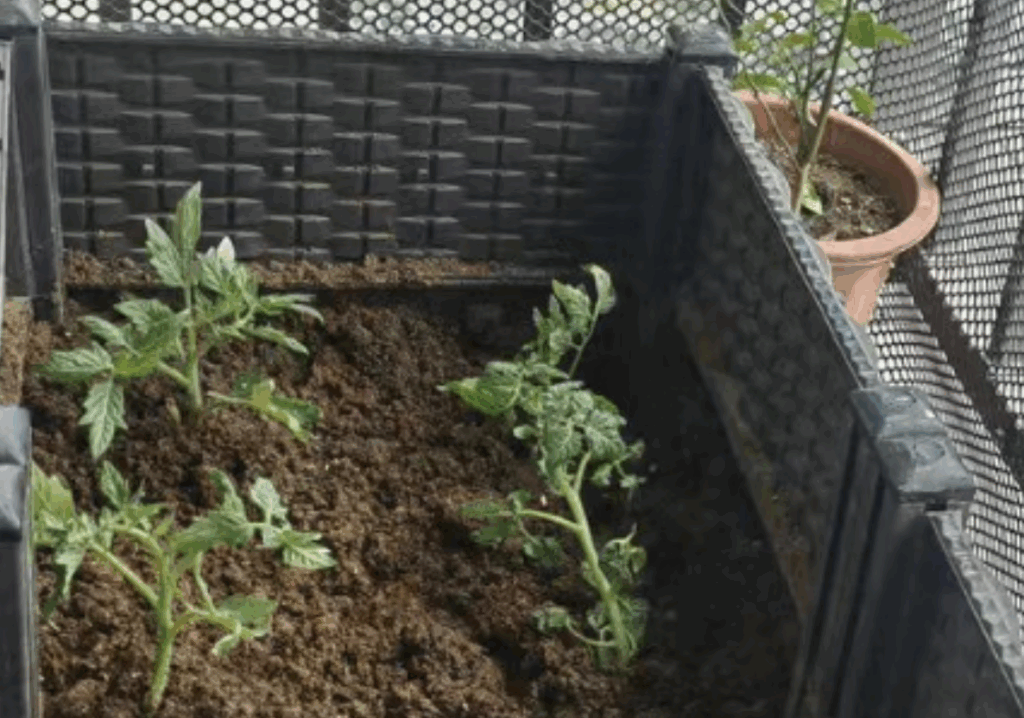
The most direct and effective method is topping or pinching the tomato seedlings. When the tomato plant reaches about the height from your palm to your elbow, or when it has grown six or seven leaves, you can start. Trim off the tender topmost bud, leaving a few leaves below. This will encourage the plant to direct its nutrients to the side branches, making the plant grow more compact and leading to more fruiting branches later on. After trimming, be sure to keep the wound dry to prevent disease. You can sprinkle some wood ash from the stove or apply fungicide powder like carbendazim to protect the wound.
In addition to pruning, check if your care routine is right. Tomatoes love sunlight and need at least half a day of sun every day. If you’ve been keeping your potted tomatoes in a dim corner of your home or blocked by windows and curtains, the plant will stretch upward to get more sunlight. In this case, move it to a sunny spot, such as a south-facing balcony or garden. If it’s rainy or winter with limited sunlight, you can also buy a grow light to supplement the light for your tomato seedlings.
High temperatures can also cause your tomato seedlings to grow too tall. Tomatoes thrive in a moderately warm environment. If the weather is too hot, the stems will become long and thin, and the leaves will appear sparse. During particularly hot summer days, you can spray water around the pot to help cool the plant through evaporation or use a shade net to provide a more comfortable environment for the plant to grow.
Watering and fertilizing also require some tricks. Some people worry about tomatoes drying out and end up watering them too frequently, but this can actually make things worse. Constantly moist soil can lead to excessive growth of the stems and leaves. Water only when the surface of the soil is dry, and when you do, water thoroughly.
When fertilizing, don’t rely on just one type of fertilizer. In the early stages, you can use a balanced compound fertilizer, and when the plant starts flowering and fruiting, apply more phosphorus and potassium fertilizers, such as mono-potassium phosphate (MKP), which will encourage more flowers and fruits and help control excessive vertical growth.
If your tomato plant has already grown very tall and is unstable, you can give it some support. Use a thin bamboo stick, wooden dowel, or purchase a special garden support stake. Insert it deep enough into the soil without damaging the tomato roots. Then, gently tie the tomato stem to the stake with soft cloth strips or twine. This will keep the plant upright and prevent further vertical growth.
By following these methods and carefully adjusting your care routine, you can easily address the issue of the plant growing too tall. Before long, you’ll be able to harvest bright red, ripe tomatoes!

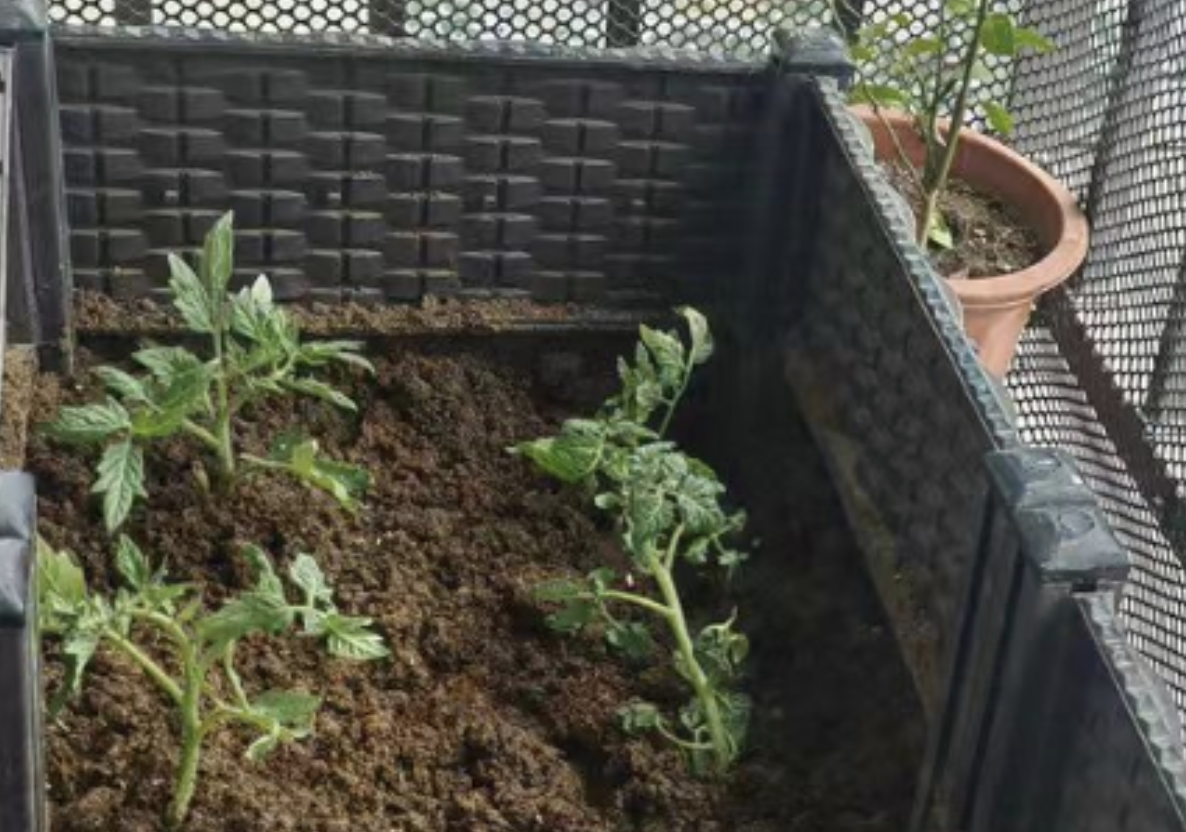
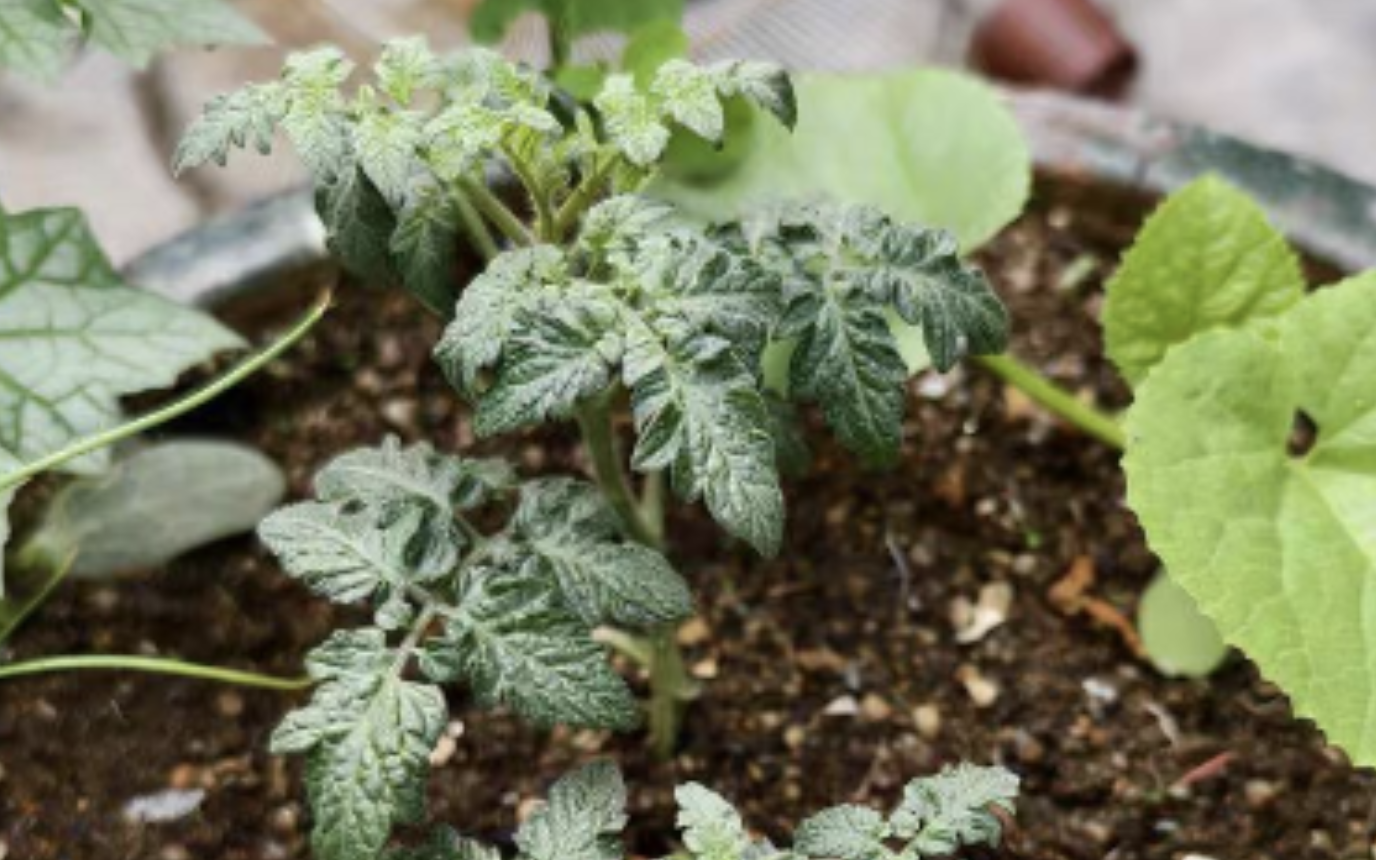
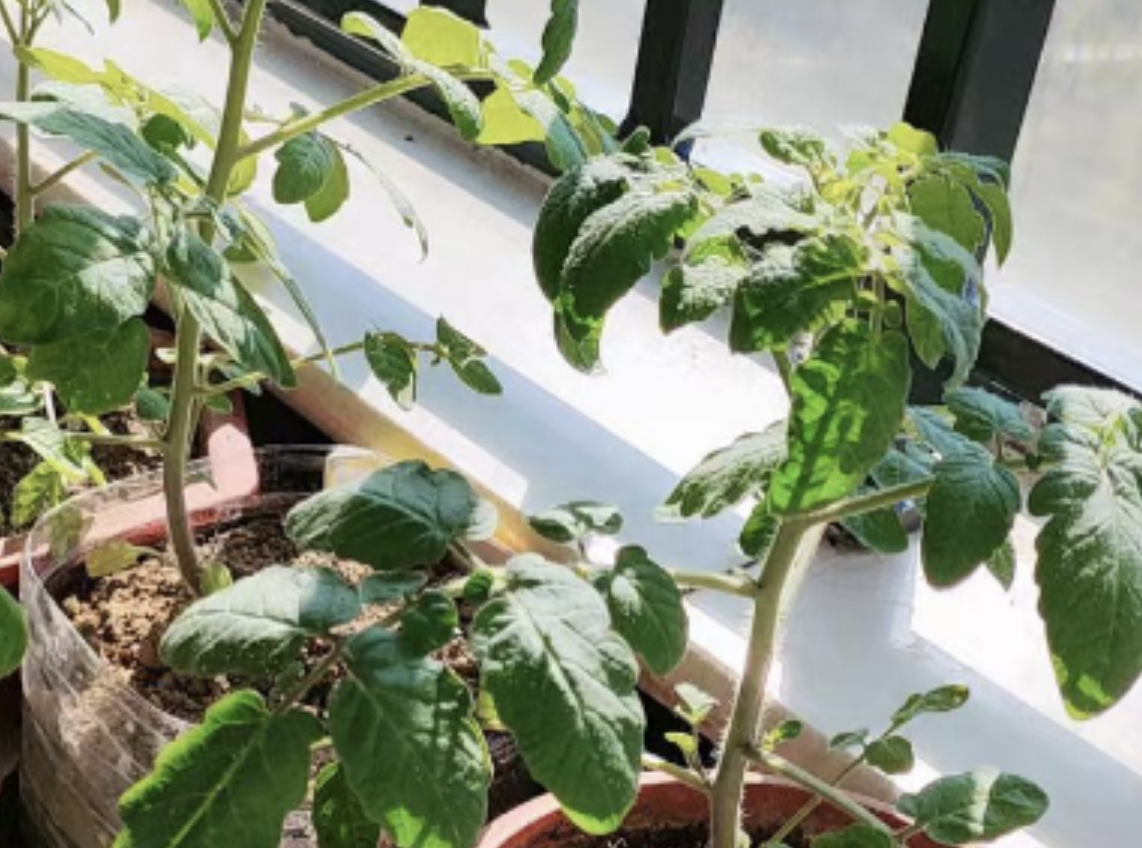
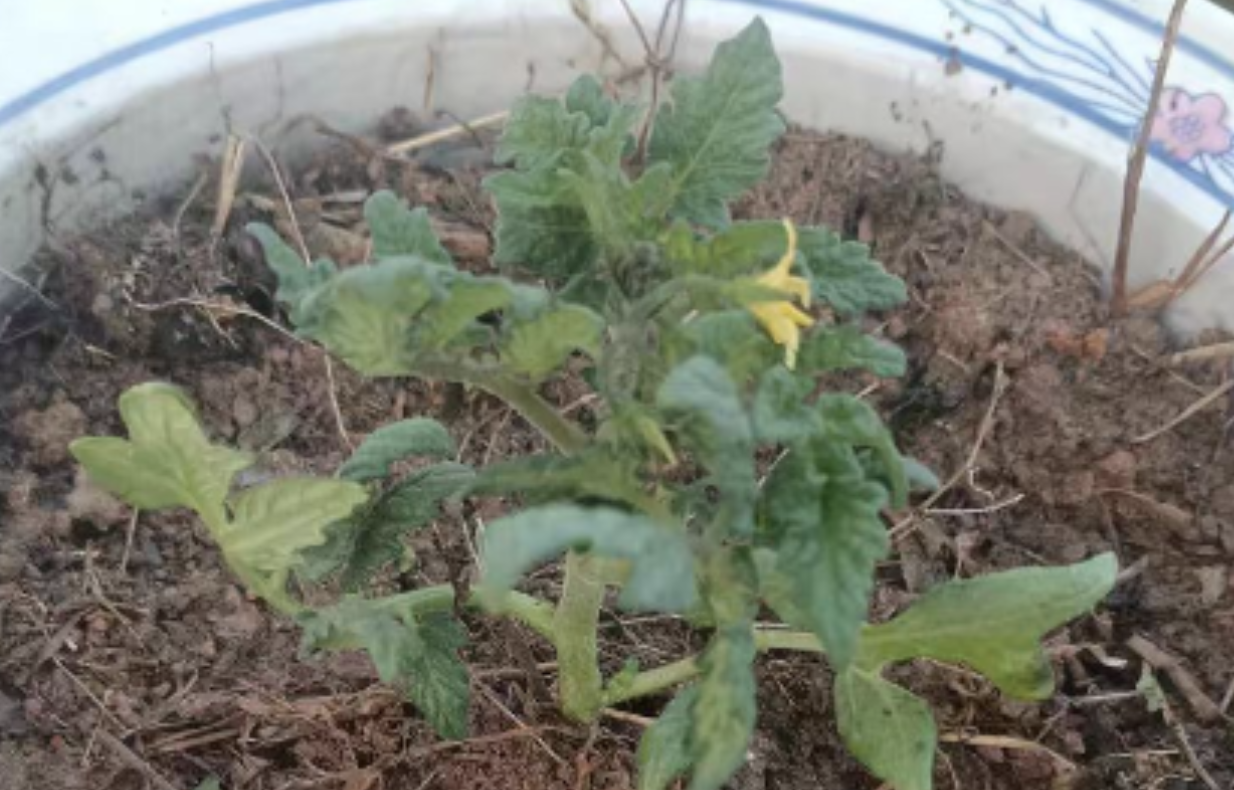
Leave a Reply